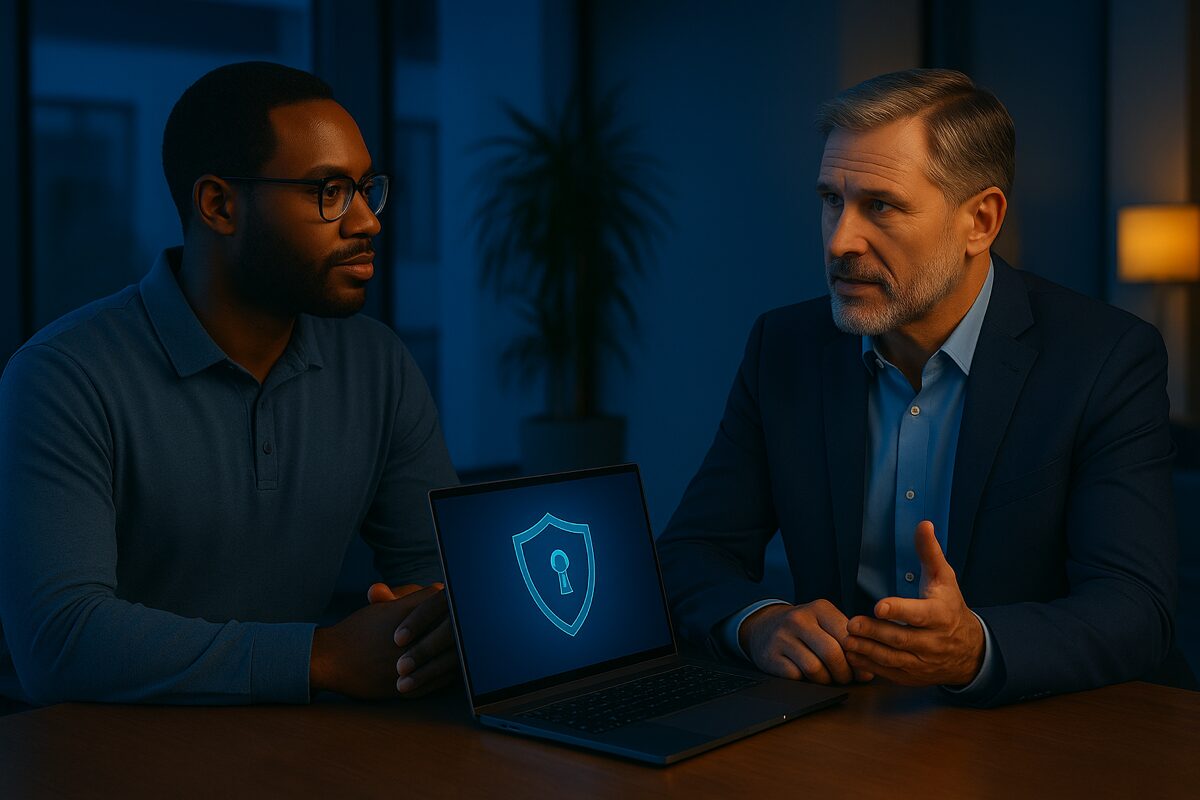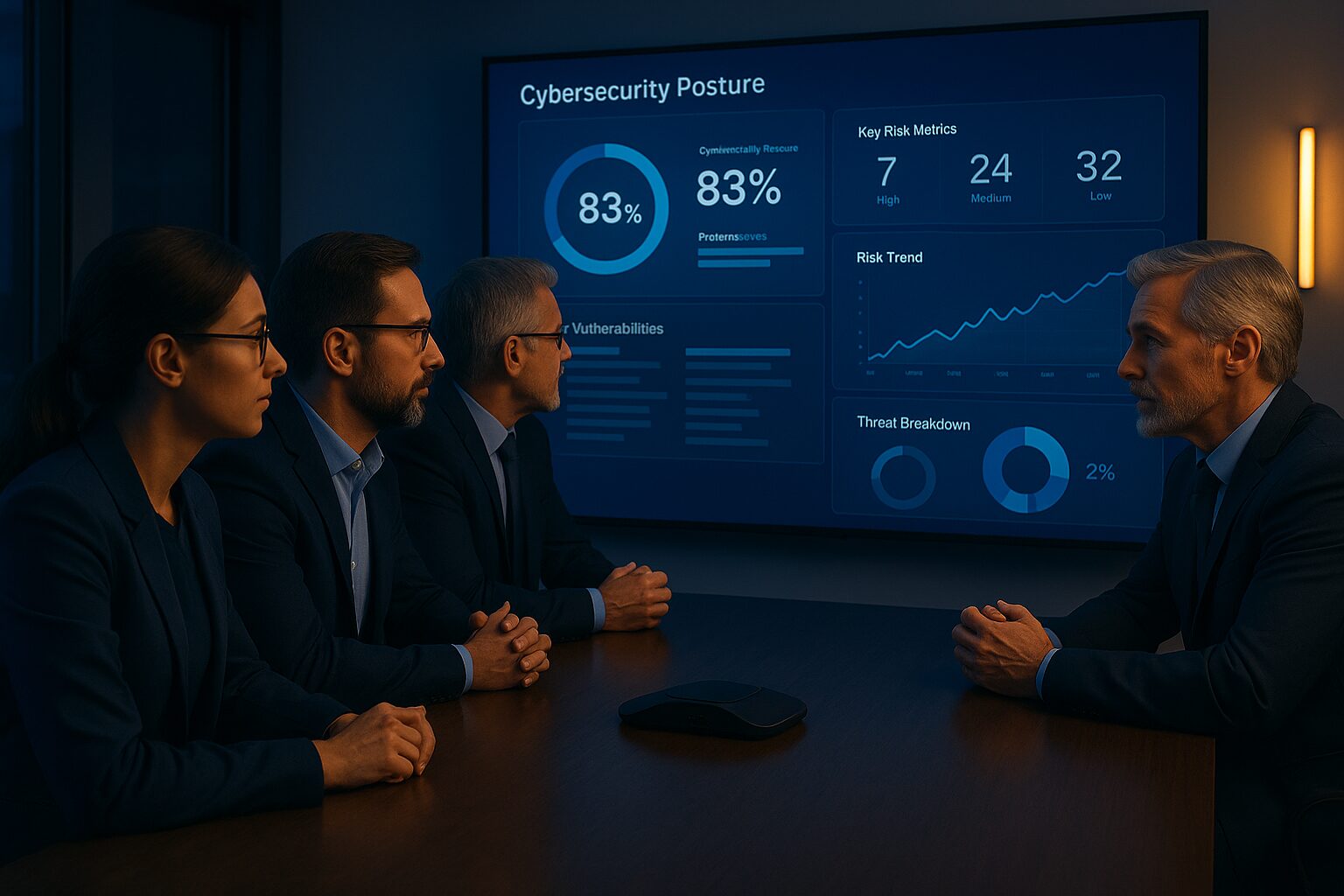Cybersecurity should be a top priority for your business. If you are shopping for an MSSP that offers a SOC as a service, make your you do your research because all SOCs are not the same.
Summary
In today’s environment, organizations of all sizes face ever-increasing cyber threats. Cyber threats are constant dangers for companies, agencies, hospitals, and schools as bad actors continuously work to gain access, steal information, and wreak havoc. Because of modern cyber risks, organizations need to have strong security operations centers (SOCs).
While some organizations have in-house SOCs, many find outsourcing security operations center tasks to managed security services providers (MSSPs) a much more cost-effective and comprehensive solution to meet their cybersecurity needs. However, identifying the right MSSP SOC provider can be challenging since some are much better than others. Organizations don’t want to contract with a provider that cuts corners and allows them to be exposed to cyber threats.
Understanding the Role of a Security Operations Center
A security operations center is a group of technologies, processes, and IT professionals who review data feeds and user reports from cybersecurity controls and information systems with the goal of threat detection and the prioritization of cybersecurity incidents that could harm the organization’s data or information systems.
An organization’s SOC might be located in-house in a centralized location with employees of different areas and levels of expertise. However, many organizations outsource their SOCs to third-party MSSPs because of the potential cost savings, the ability to conduct threat monitoring 24×7/365 days per year, and the difficulty of finding talent with the right types of experience and knowledge to handle the job internally.
What to Look for in a Top SOC
If your company has decided to outsource its security operations center to an MSSP, it’s important to look for a provider that provides real-time 24×7 network monitoring, incident reporting, detection and response, and customized security solutions to fit your company’s needs. A provider that cuts corners might only respond when there is an alert, but you will want to choose one that continuously monitors advanced threats and closes gaps to prevent incidents from occurring.
The MSSP should have a cybersecurity advisor who is dedicated to your organization and familiarizes themselves with your company’s processes, systems, regulatory compliance requirements, and security goals. Your MSSP should provide the following help to your IT team and company:
- Security audits and gap analysis
- Recommendations for an improved cybersecurity posture
- Cybersecurity workflows, processes, and best practices
- Automation
- Security monitoring of your system, including endpoint monitoring of all devices connected to it
- Application security
- Endpoint security
- Data security
- Network security
- Relevant and current threat intelligence
- Prompt incident response and analysis
- Identification of false alerts
- Creation of audit artifacts to prove compliance
- Reduction of your company’s exposure
The best providers are also certified in one or more recognized cybersecurity standards, such as ISO 27001, Federal Risk and Authorization Management Program, or PCI DSS and regularly perform Statement on Standards for Attestation Engagements 16 (SSAE16) assessments to ensure they are meeting or exceeding their standards.
Services a Strong Provider Should Offer
The best third-party SOC providers offer the following services to organizations:
1. Solution for Security Information and Event Management (SIEM)
A good provider should offer a configured SIEM solution with the following components:
- Real-time monitoring
- Data aggregation
- Analysis
- Threat intelligence
- Alerting system
- Data retention
- Dashboard interface
- Correlation
- Machine learning
- Forensics
2. Creation of Organization Systems and Asset Directories
The creation of new systems of organization and an asset directory can give your organization insight into the devices, systems, and tools your company relies on within the IT environment. Categorizing your company’s information assets helps to prioritize those with the largest potential impact so that an effective information security plan can be developed and manage cyber risks.
3. Machine Learning
Machine learning helps security experts with creating a baseline so that security concerns can be identified and addressed.
4. Intrusion Detection
An intrusion detection system (IDS) facilitates the configuration of policies and rules and the responses that should be taken. An IDS helps experts identify a cyber attack in its initial phase and respond before it becomes a major problem.
5. Network Monitoring, Detection, and Response
Constant network monitoring, detection, and response help to block cyber threats through analysis and capture. Network detection and response (NDR) implement behavioral analytics of network traffic to detect abnormal behaviors within the system.
6. Endpoint Detection and Response
Endpoint security is critical within organizations that rely on remote work and multiple device types that connect to their networks. Endpoint detection and response (EDR) identifies threats at endpoints and provides options for containment.
7. Centralized Repository for Log Data
A good provider should gather logs, aggregate the data, and retain it in a centralized repository. Using a centralized repository for log data helps with log analysis.
8. Automation of the Analysis and Sandboxing of Malware
Automating the analysis and sandboxing of malware can help to prevent cyber attacks, analyze the purpose of malware, and create indicators of compromise (IOCs).
9. Threat Hunting and Threat Intelligence
Strong MSSPs should offer threat-hunting and threat intelligence platforms to gather internal and external information sources, aggregate them, and investigate them for potential threats. This should also include technologies for debugging and analysis of the functionality and purpose of threats and assessing their capabilities.
10. Acquisition Solutions
The security operations center provider should offer several types of acquisition solutions, including cross-platform acquisition, cloud acquisition, and mobile acquisition to gather data and forensic images for data analysis and investigation.
11. Case Indexing and Management
Case indexing and management to track information, gather results, and analyze the data can help to investigate case-related information.
If you are considering outsourcing your organization’s security operations center functions, you should look for a provider like Meriplex that offers comprehensive solutions that can integrate with your company’s existing systems. The provider should be certified and able to customize its solutions to fit your organization’s cybersecurity needs. If you would like to learn more about what to look for when searching for the right SOC, contact us today.



